Ko Maungaroa te Maunga,
Ko Waikato te Awa,
Ko Te Manukanuka o Hoturoa te Moana,
Ko Tainui te Waka,
Ko Mangatangi ko Whātāpaka ko Ngā Hau E Whā ngā Marae
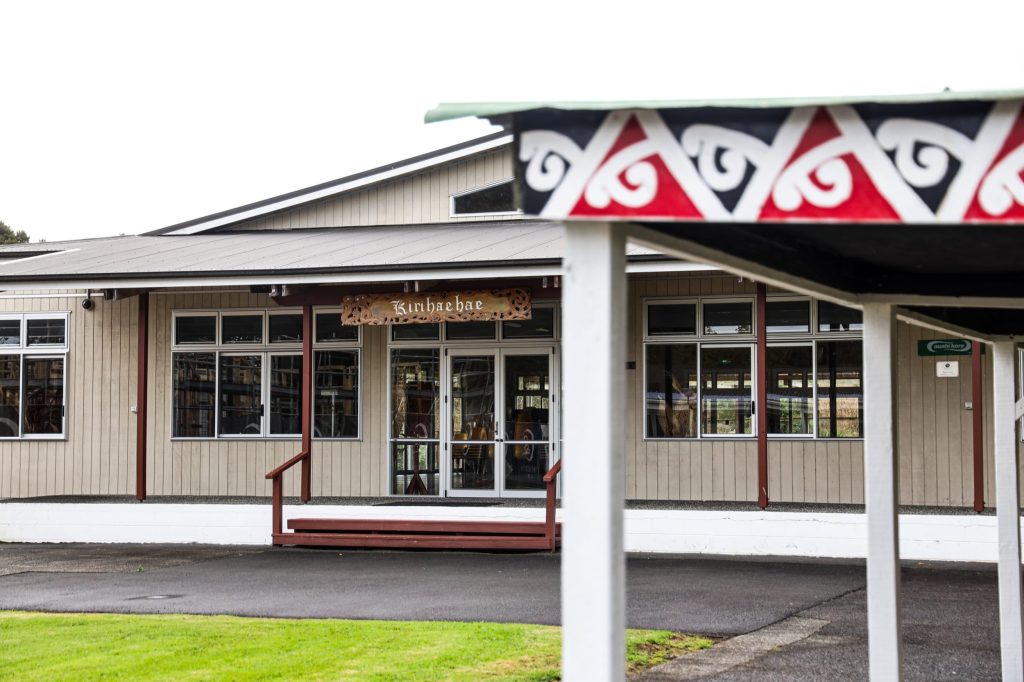
Mangatangi
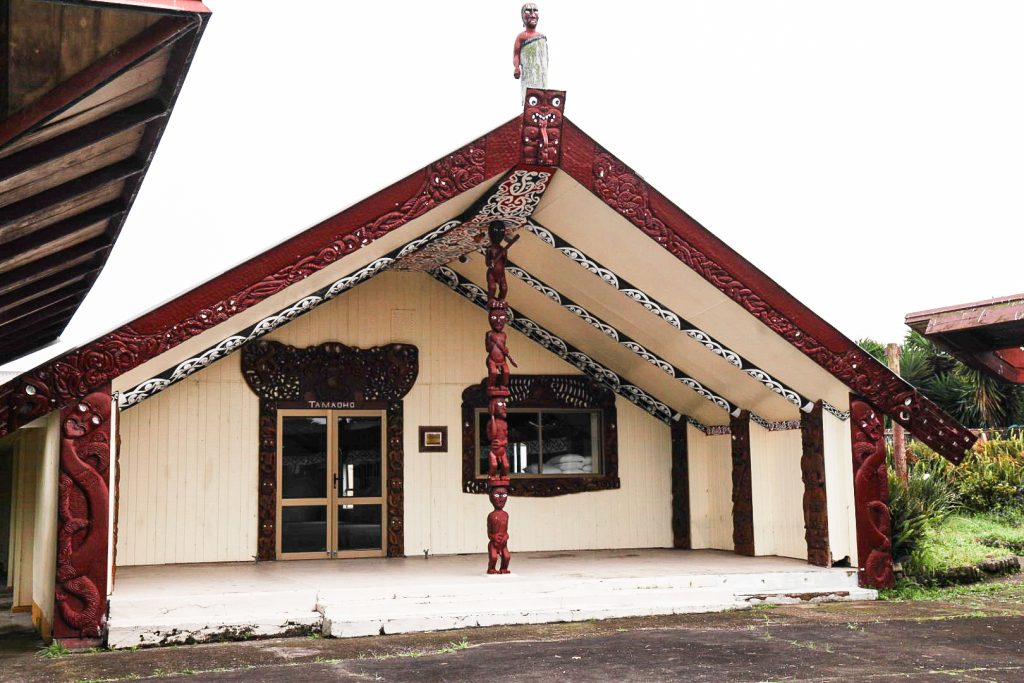
Whātāpaka
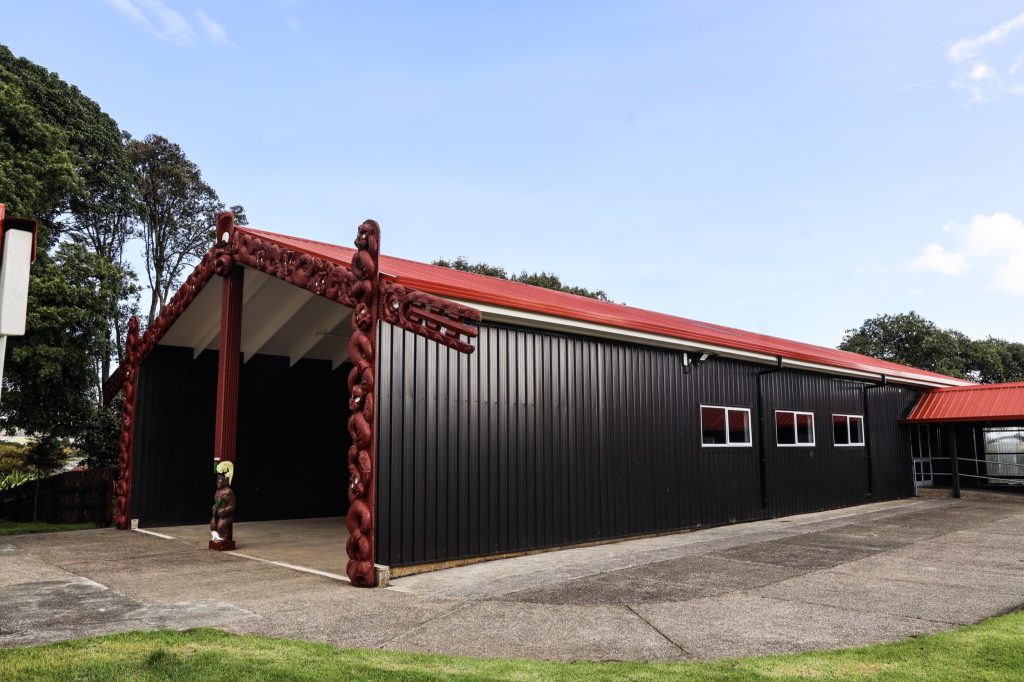
Ngā Hau E Whā
The Ngāti Tamaoho rohe (area of interests) extends from north of the Tamaki Isthmus to south of the Waikato River, to the Whangamarino wetlands. It extends from the West Coast to the Hauraki Gulf/Firth of Thames. Its interests are concentrated in the Manukau lowlands, Āwhitu Peninsula, Papakura, Hunua Ranges, Mangatangi, and Whangamarino.
Ngāti Tamaoho are staunch supporters of the Tainui-Waikato Kiingitanga. Their three marae hold six seats on Te Kauhanganui; Mangatangi and Whātapaka Marae have annual Poukai. Ngāti Tamaoho is part of the Waiohua confederation of tribes that were the original inhabitants in the Tāmaki Makaurau region.
Ngāti Tamaoho are of Te Waiohua and Waikato descent, located between Te Mānukanuka o Hoturoa (Manukau Harbour), Āwhitu and Te Pūaha O Waikato (the lower Waikato River). Tamaoho were among the first peoples of Tāmaki Makaurau.
Our tūpuna lived throughout the rohe in places such as Maungaroa, Raungāwari, Pukekohekohe, Manurewa, Papakura and Tāmaki. Our ancestry links back to the early peoples of Te Tini O Toi, Ngā Oho, Ngā Iwi, Te Uri O Pou, and Ngaariki.
When Tainui waka passed through Te Mānukanuka O Hoturoa/Te Manu-kau noa iho many of our tūpuna remained, including Pāpaka, Rakataura, Poutūkeka and Marama.
Under the mana of Tamaoho, his descendants became known as Ngāti Tamaoho.
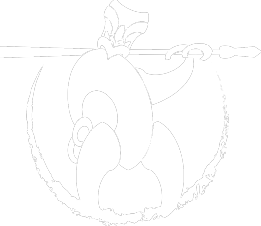
Kotahitanga signifies unity and togetherness. It embodies the principle of working collaboratively and collectively towards common goals. Emphasising solidarity and shared purpose, Kotahitanga fosters a sense of community and mutual support, reinforcing the strength and resilience that come from standing together.
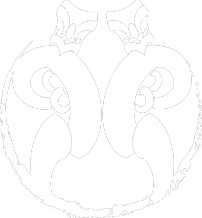
Rangatiratanga signifies leadership and authority. It represents the qualities of a leader who guides with wisdom, integrity, and compassion. Rangatiratanga embodies the ability to inspire and uplift others, fostering a sense of responsibility and accountability. It reflects a commitment to the well-being and prosperity of the community.
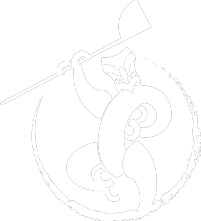
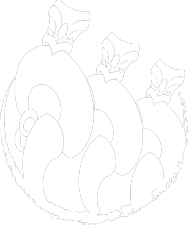
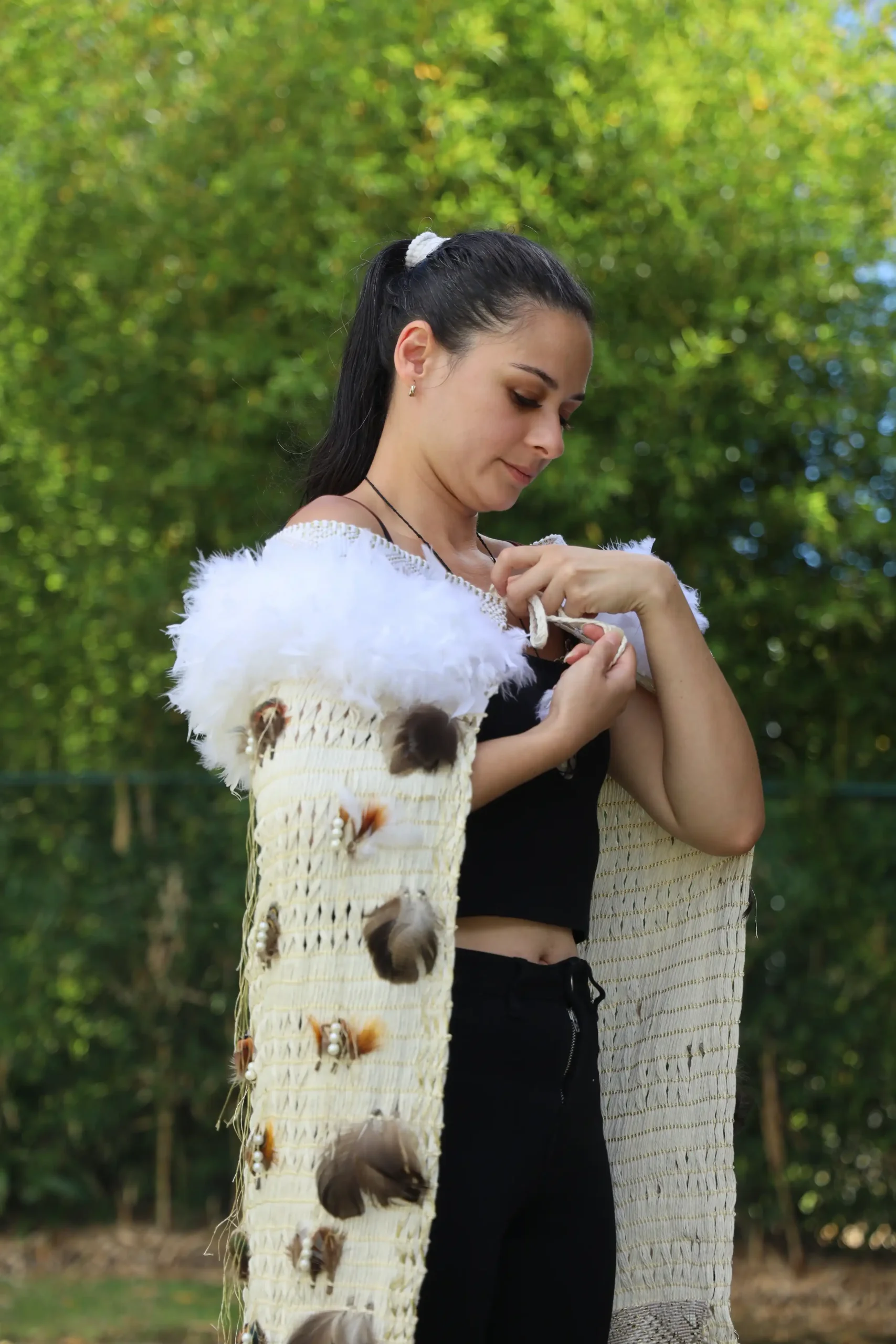
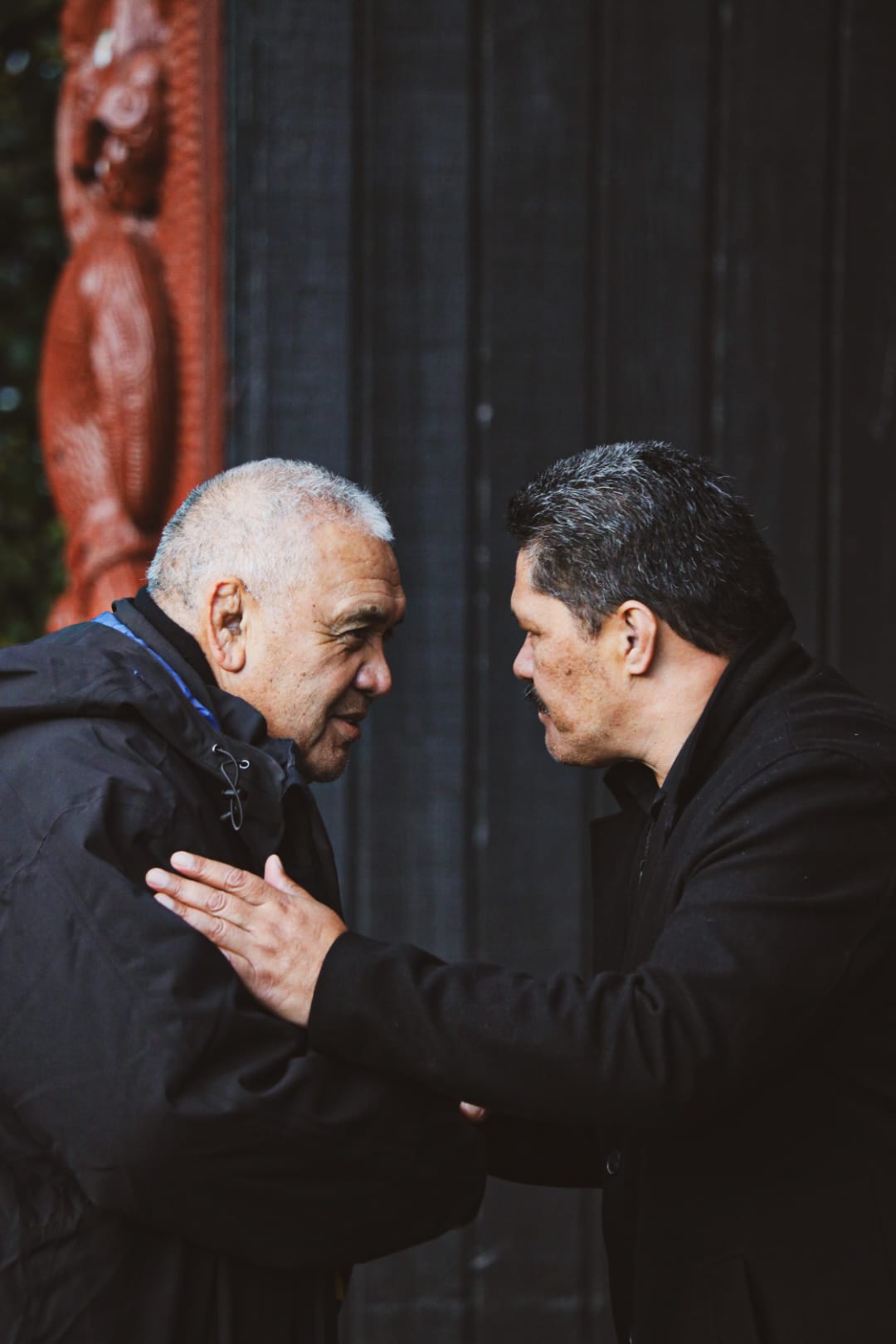
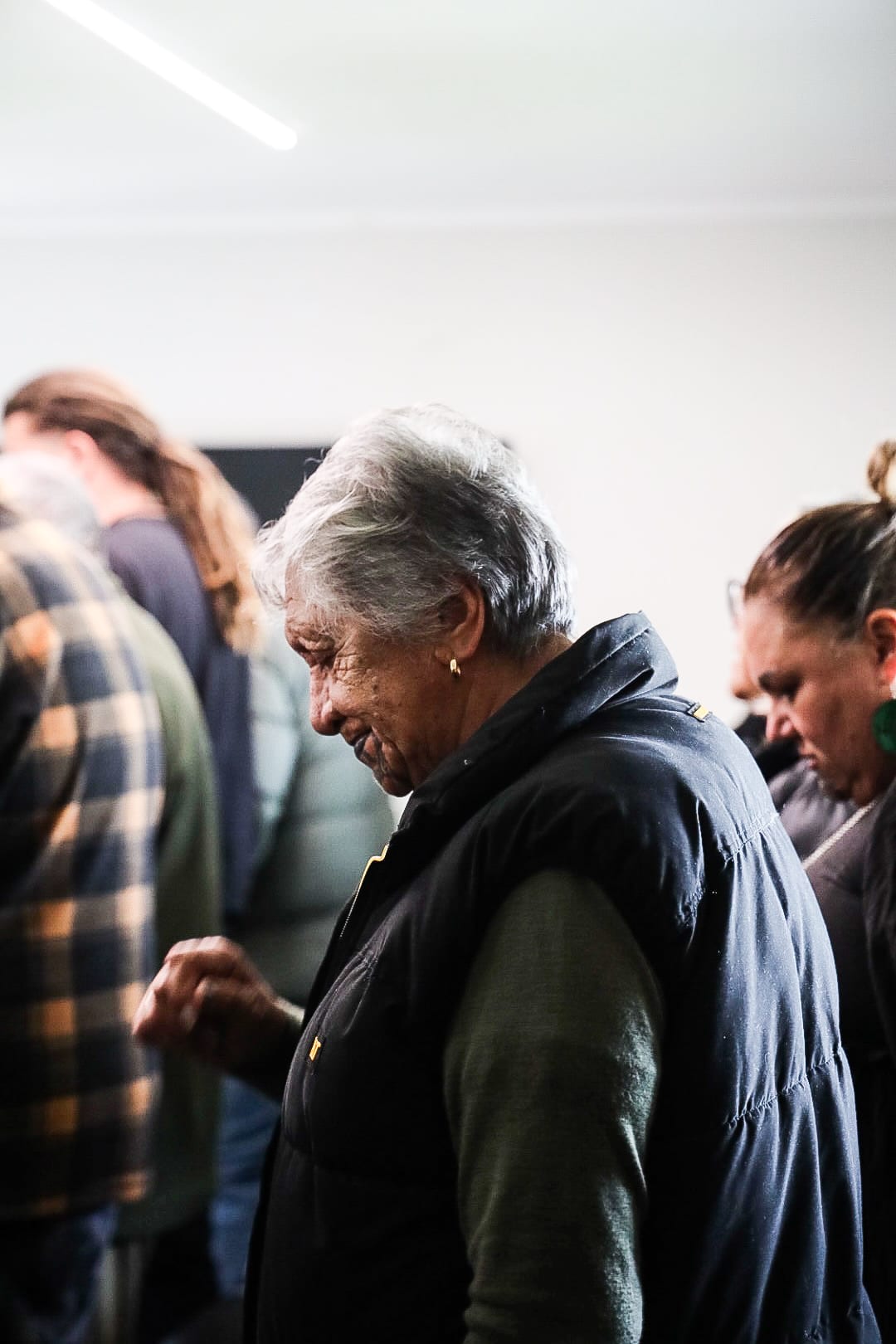
Ngāti Tamaoho are of Te Waiohua and Waikato descent, located between Te Mānukanuka o Hoturoa (Manukau Harbour), Āwhitu and Te Pūaha O Waikato (the lower Waikato River). Tamaoho were among the first peoples of Tāmaki Makaurau.
info@tamaoho.maori.nz
09 930 7823
128 Hingaia Road, Karaka